If you’ve been here any length of time, you know I am a genealogy geek. It has been a wonderful way to escape the pressure and stress of the pandemic. I’ve been researching for some 30 years. One of the easiest ways to track an ancestor after 1850 is by using the censuses. Every ten years, the family would be enumerated.
Well, that’s the idea. It’s not uncommon for a family to be “lost” for a census. Maybe they were moving, maybe they weren’t home when the enumerators knocked, maybe the enumerators skipped their house or farm for some reason. But recently I had a family that was lost over many censuses—one woman, two children, and four husbands. All of them ghosts.
The woman is Emma Kite Hobson. She was the daughter of Benjamin Hobson and Margaret Seward. Emma was born 25 Feb 1837 in Pennsylvania, likely in Philadelphia since that is where Benjamin and Margaret lived. Emma then proceeded to marry four times and have two children with different husbands—and I can’t find any of them.
I’m going to start with Emma’s children. Her first child was William F. Brickman, born April 1854 in Pennsylvania, according to census records and his death certificate. Now, the census takes place every ten years on the 10s, so he should appear on the 1860 census—except that he doesn’t. His mother Emma is living with HER mother, and listed as single. William’s father, Jacob Charles Brickman, also has vanished. William then shows up in 1870 at age 16, living with his grandmother (Emma’s mom) Margaret Seward Hobson in Philadelphia. William then again vanishes, pops up in Adams County, Illinois in 1884 where he marries a widow (Mrs. Mary Irvin), who then dies in 1898 in Brown County, Illinois. He is still in Brown County, Illinois in 1900, but then dies in a poor house in Collier, Blair County, Pennsylvania on 4 September 1907. No one claims him and he is buried in the Allegheny County Home’s cemetery.
Emma’s daughter Nannetta Lillian was born in Burlington County, New Jersey or Pennsylvania, depending on where you look. On her marriage license, which she likely filled out herself, she states Burlington County. Presumably she knew where she was born on 17 March 1863.
The question then becomes who was she born TO. An article in 1900 says she was the daughter of Emma’s second husband, George Singleton Pettibone. On her marriage license she said her father was William C. Sloan, Emma’s third husband.
On her marriage license, Nannetta says her last name is Felix. She also says she was married before and her first husband died in 1883, so Felix was likely his last name. I cannot find any record of her first marriage. Here’s where things get stranger still.
On her daughter’s baptismal records, Nannetta lists her maiden name as Hemick. Her daughter who filled out Nannetta’s death certificate had clearly heard this name, because she put that her grandfather was William Hemick. This is also the maiden name used in Nannetta’s obituary, which the children would have written. Where did Hemick come from? No clue.
So, Nannetta was born in 1863, to either husband number 2 or 3. However, I cannot locate her on the 1870 census. I cannot locate her mother or either suspected father, either. Same with the 1880 census. I even checked the 1880 census under the surname Felix, as she might have been married by then. No joy. She married Andrew Curtain Hull in 1886 in Blair County, and that is the first record I have for her. The rest of her life after is easy to trace.
Where were Emma’s children in their youth? Where was Emma for 20 years between 1860 and 1880? I’ll look for clues to her whereabouts next week. Any genealogists out there that want to tackle this with me, I would love to hear what you find!
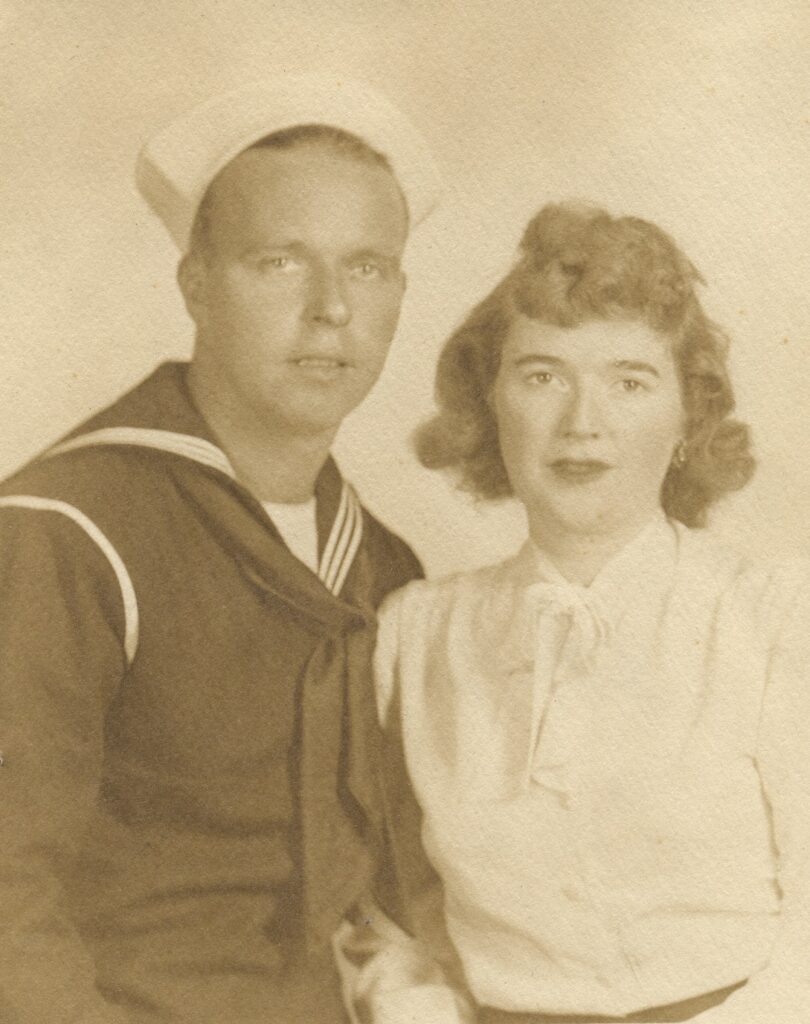
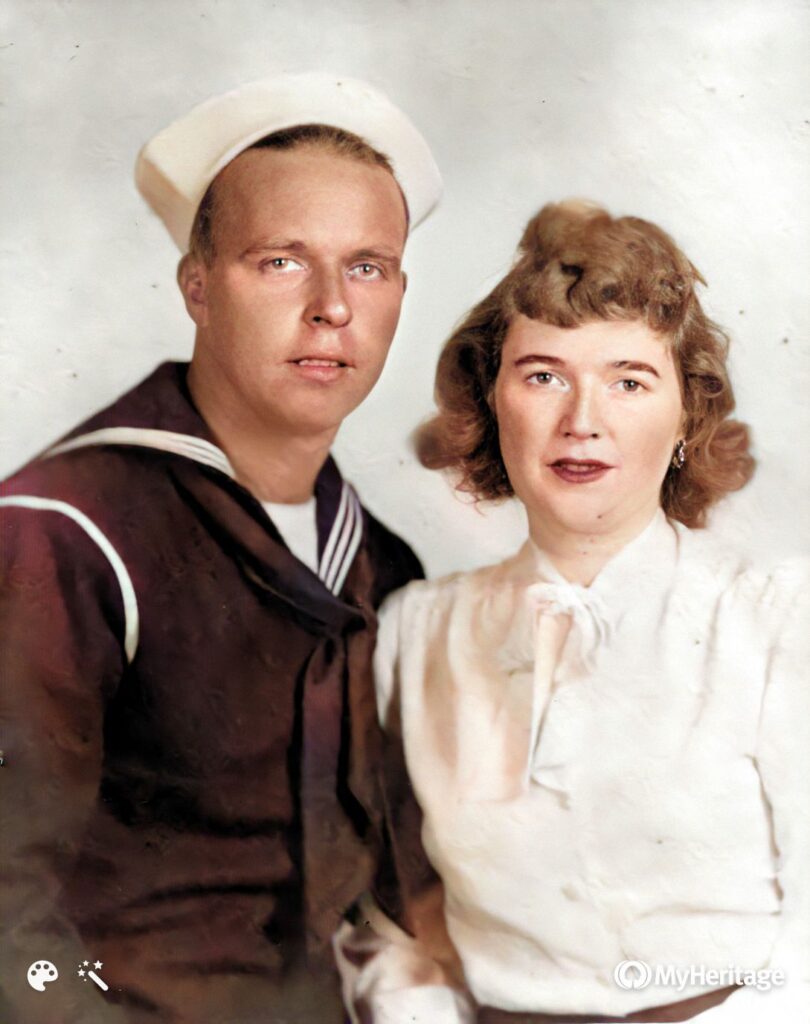
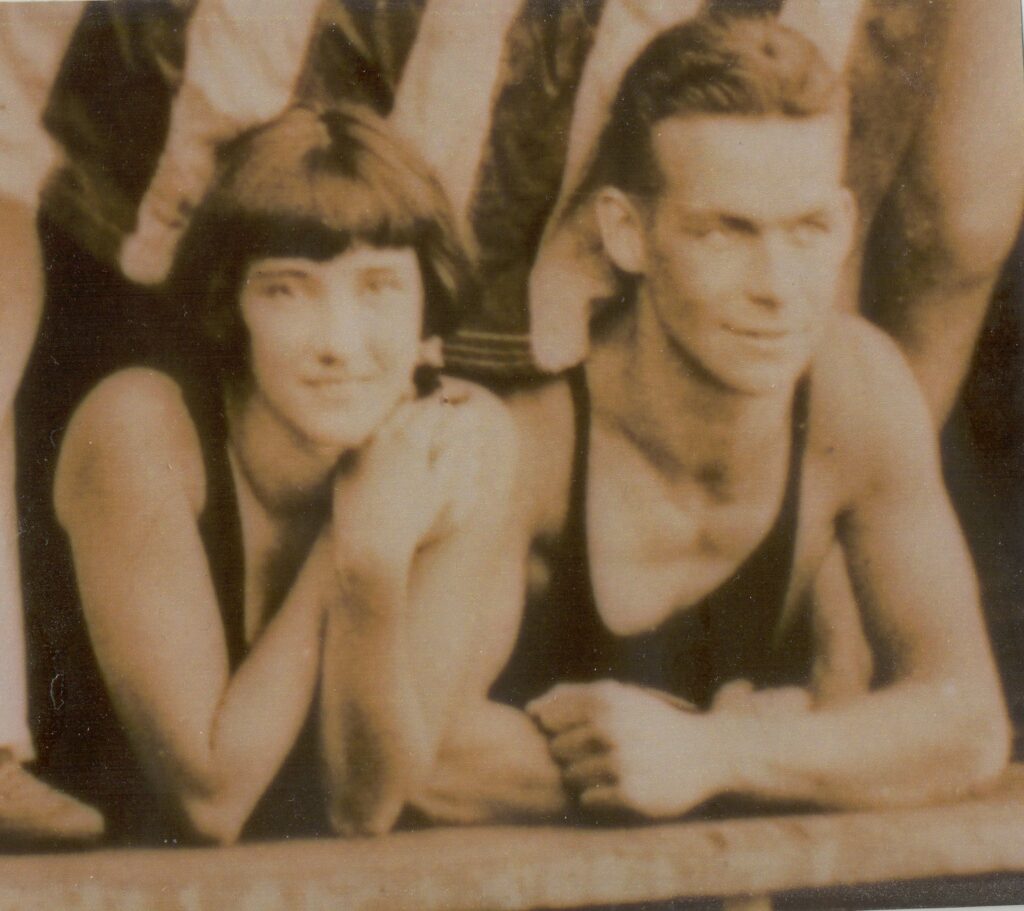
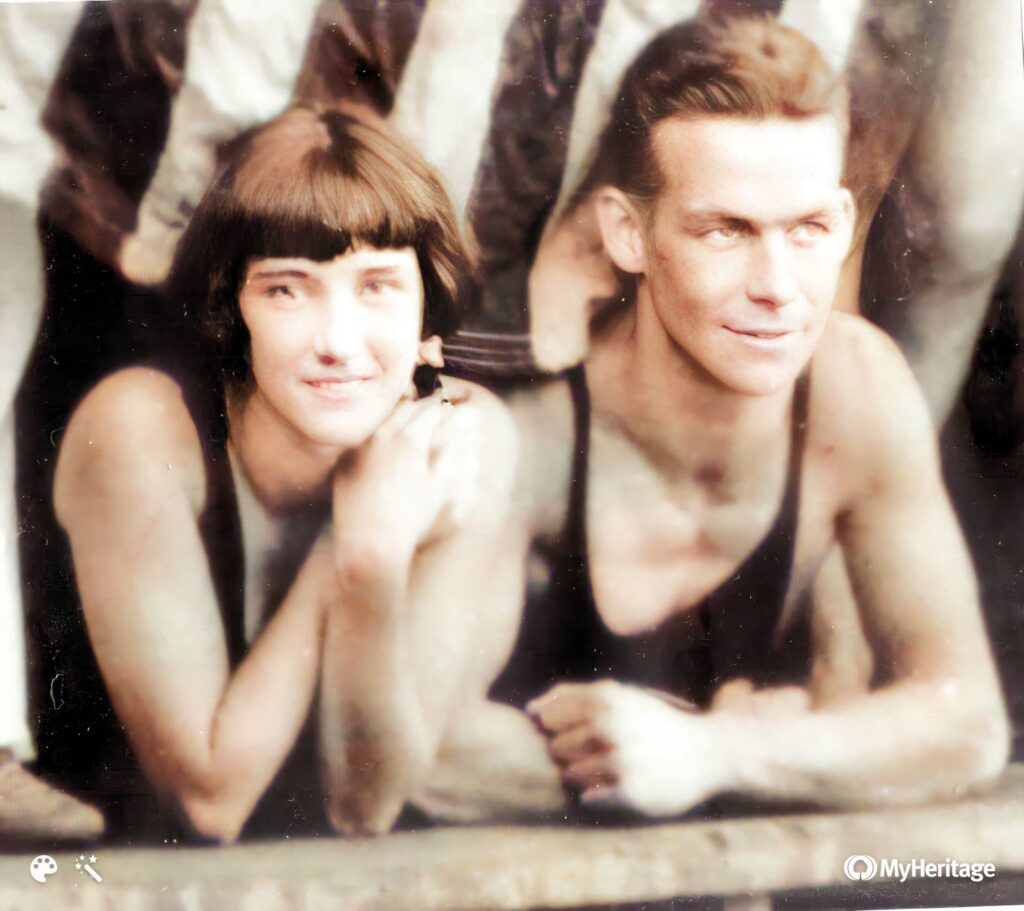
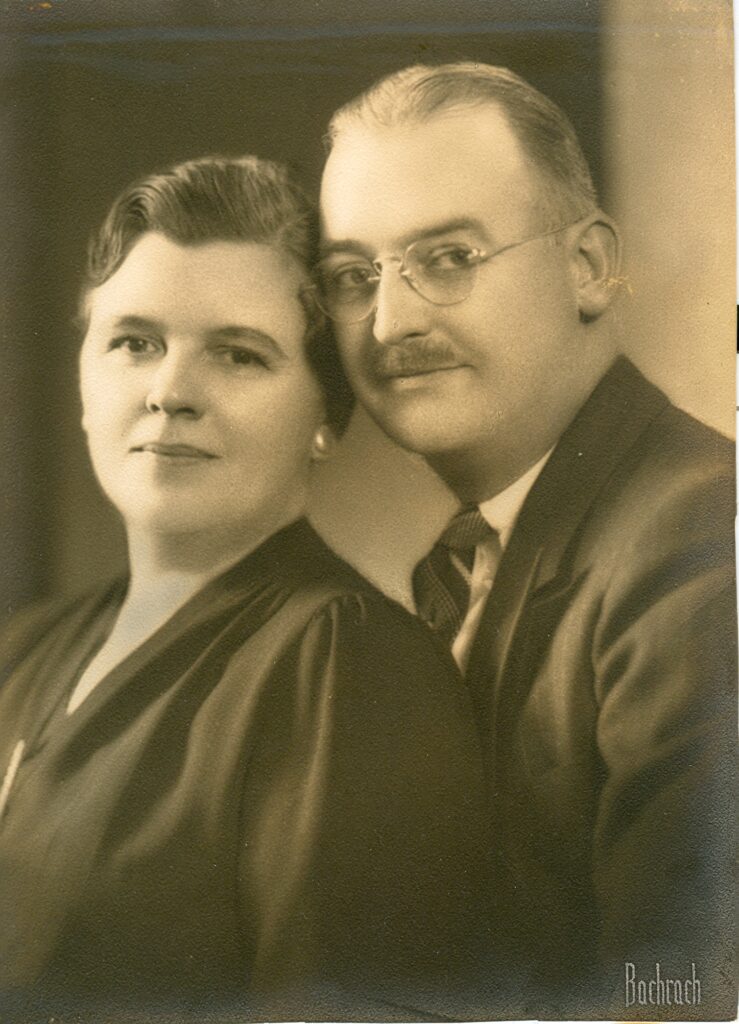
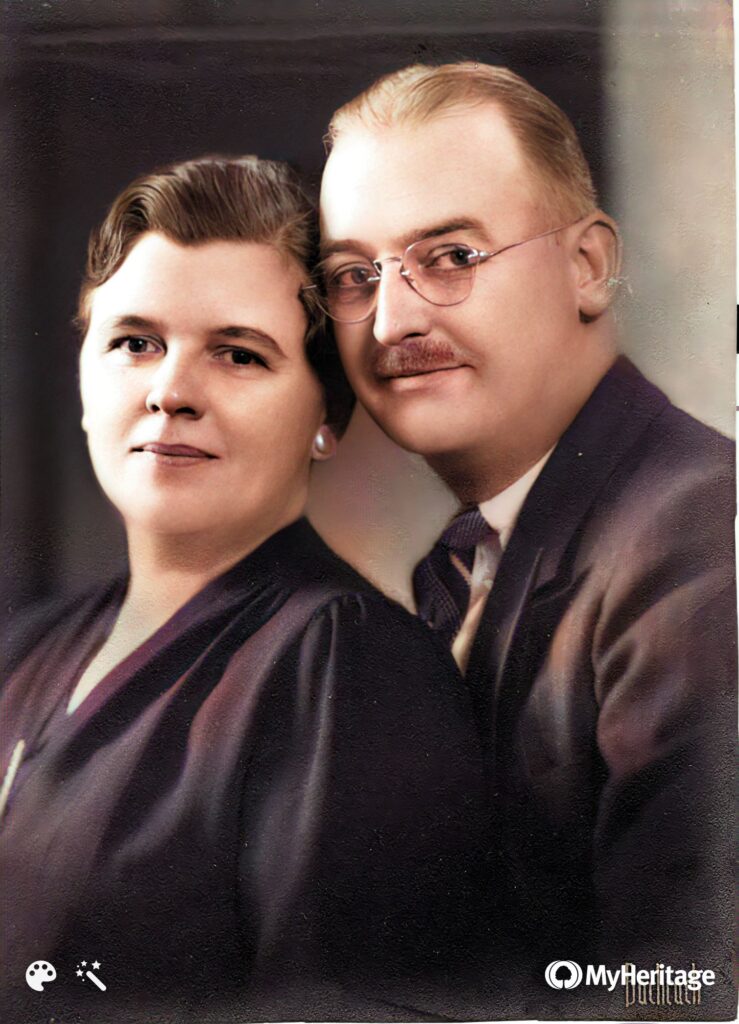
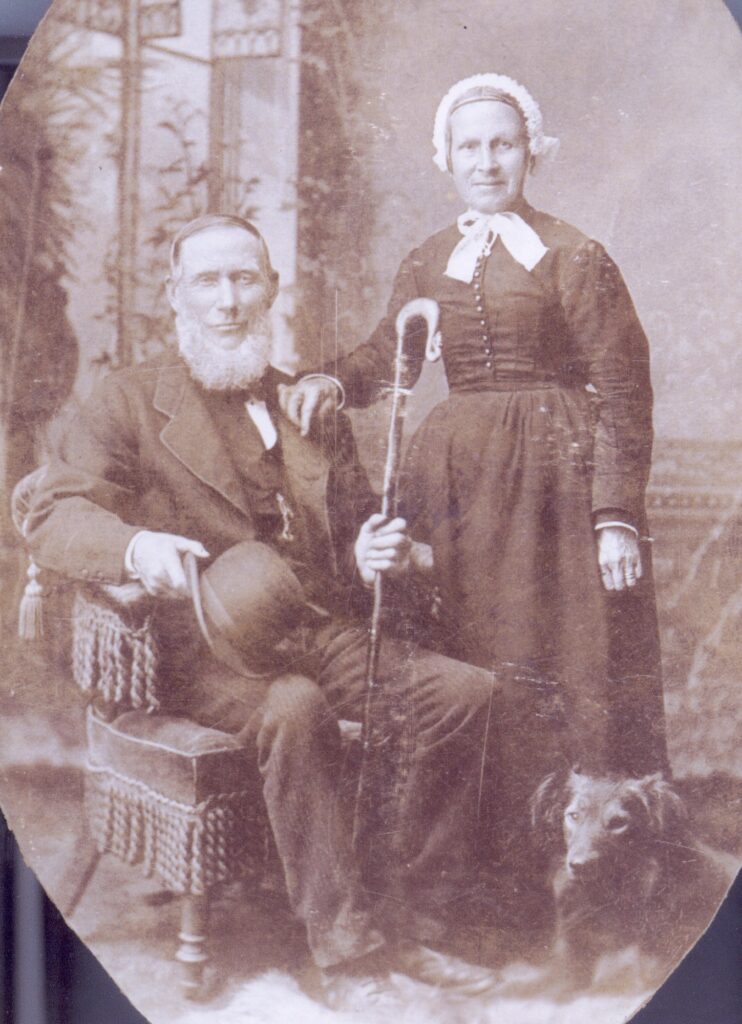
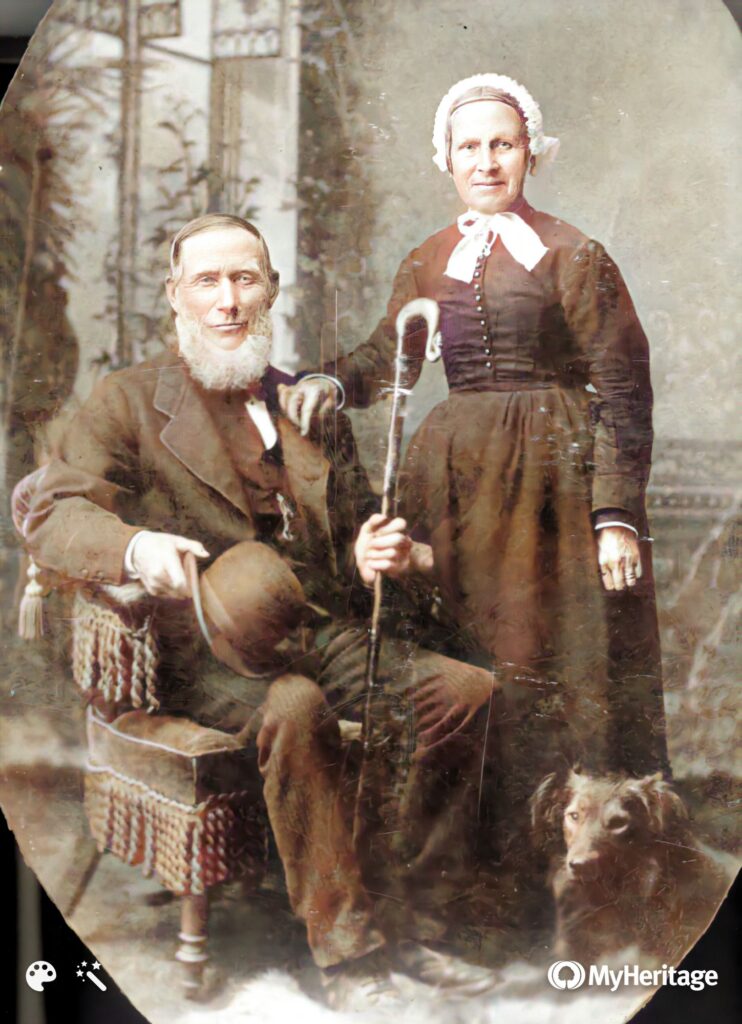
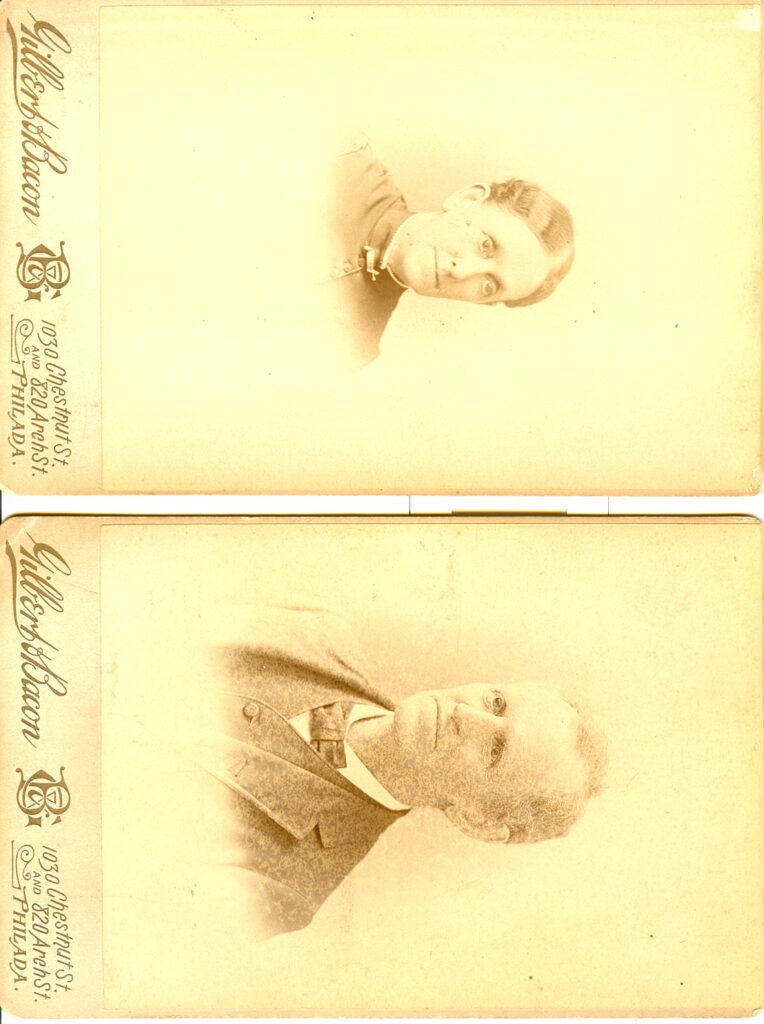
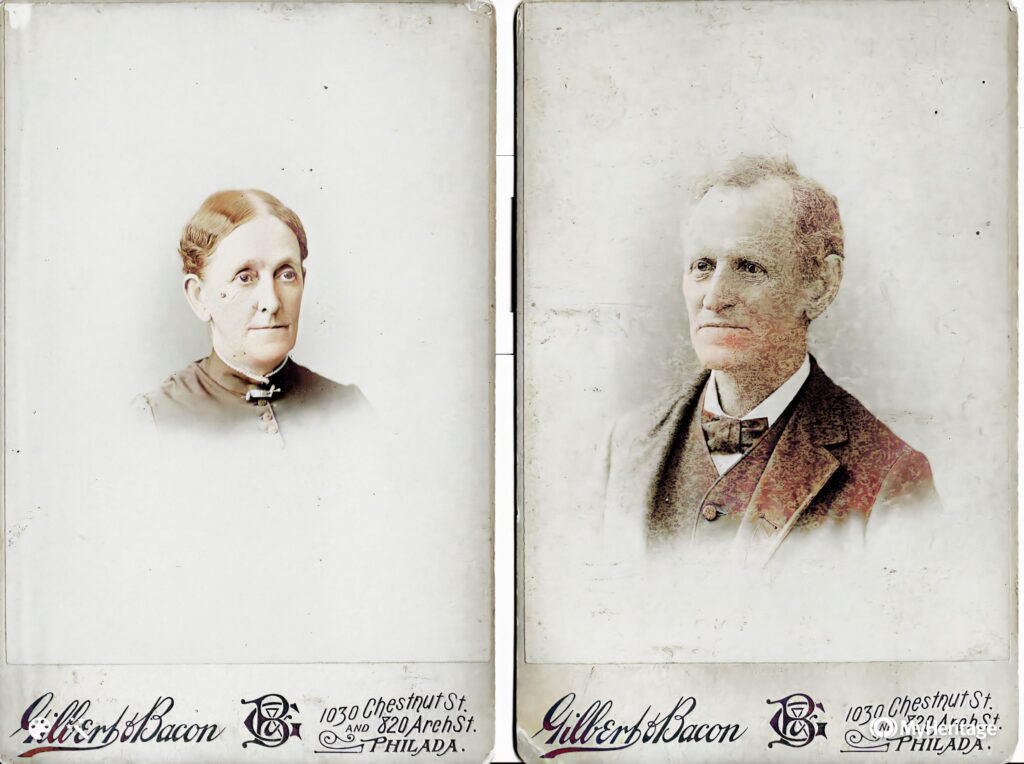
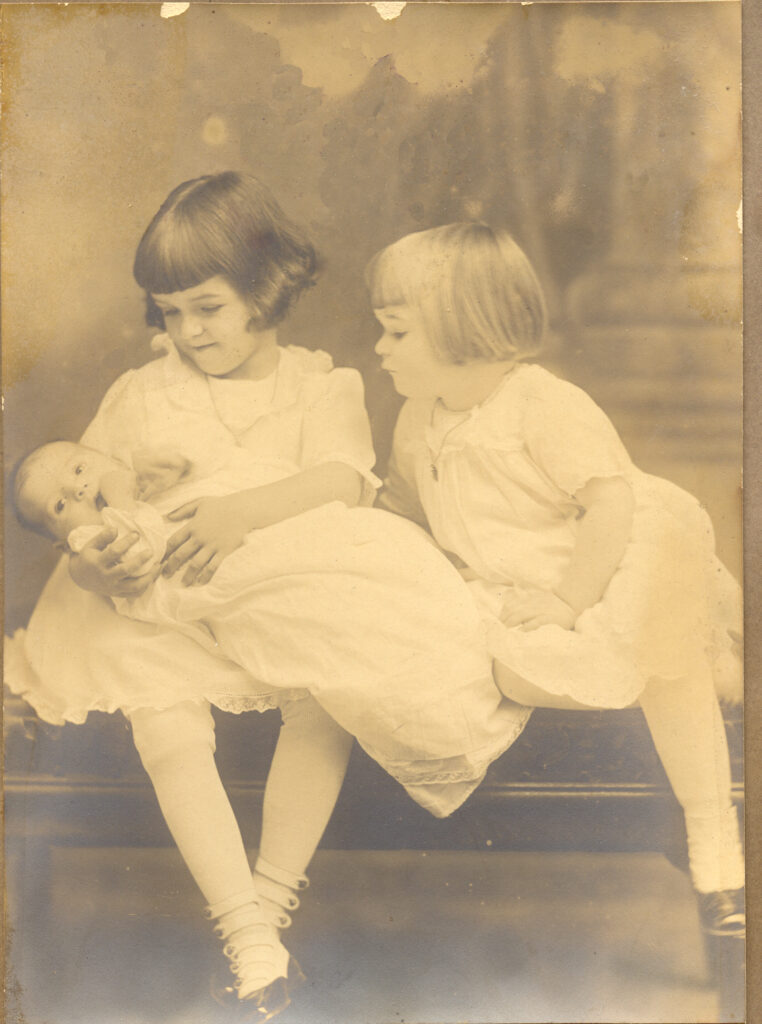
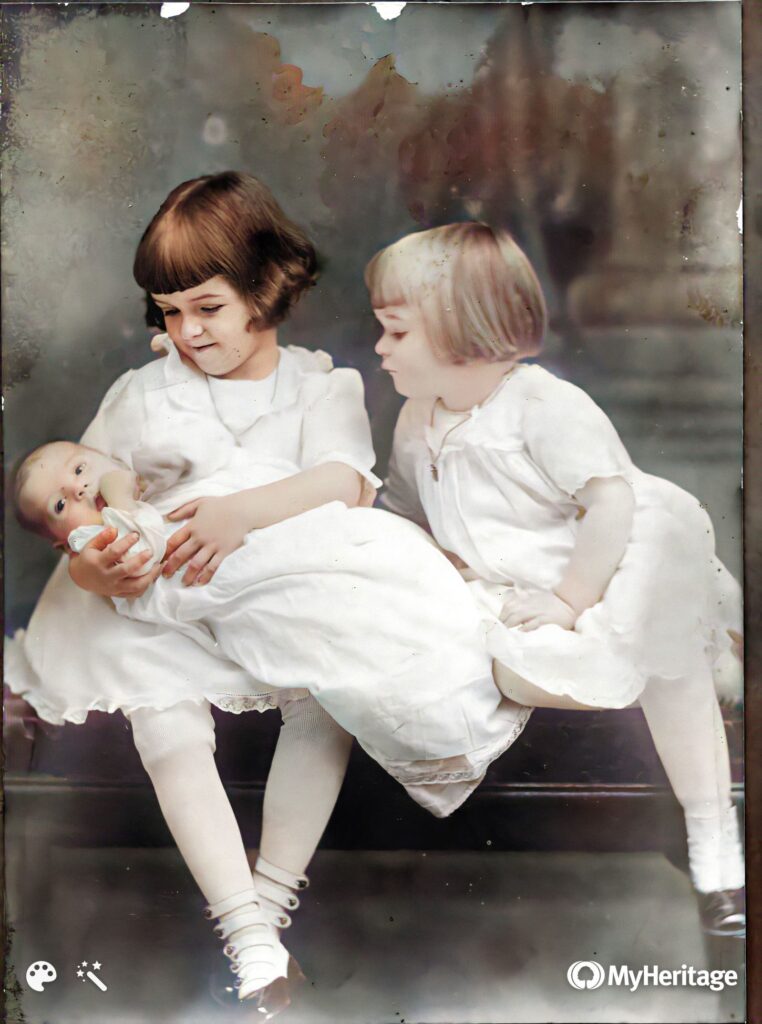
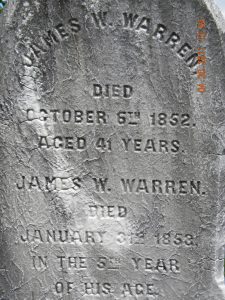
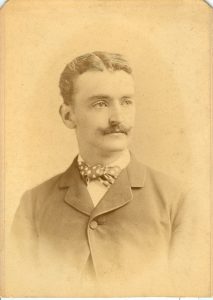
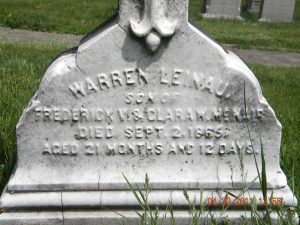

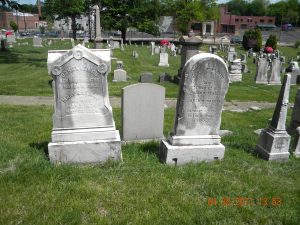
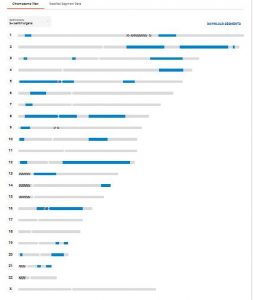
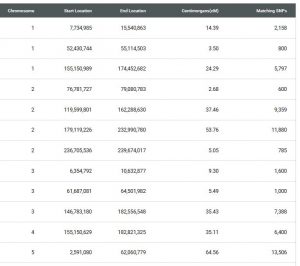


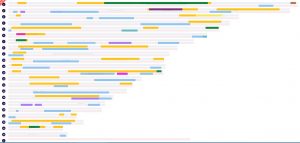
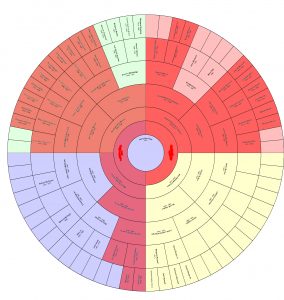
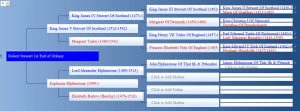
The Best of The Goose’s Quill 2018
I always enjoy looking back over the past year and seeing what posts readers enjoyed most. I see an unexpected pattern with the top 4. Enjoy!
10. Genetic Genealogy: Proving the Paper Trail
9. Anxiety Spiral: Idling in “A” Gear
8. Control Your Inner Critic: The Power of a Name
7. Power Outage 2018
6. The Split Brain Phenomenon: On the Outside Looking In
5. On Being a Low-Energy Person in a High-Energy World
4. Spring Book Fair 2018: Snowmaggedon!
3. The Enchanted Book Fair: Fall 2018
2. 48 Years
1. Book Fair Magic: Casting a Reading Spell
Thank you to everyone who has read The Goose’s Quill this year! I hope you all have a safe healthy, happy 2019!